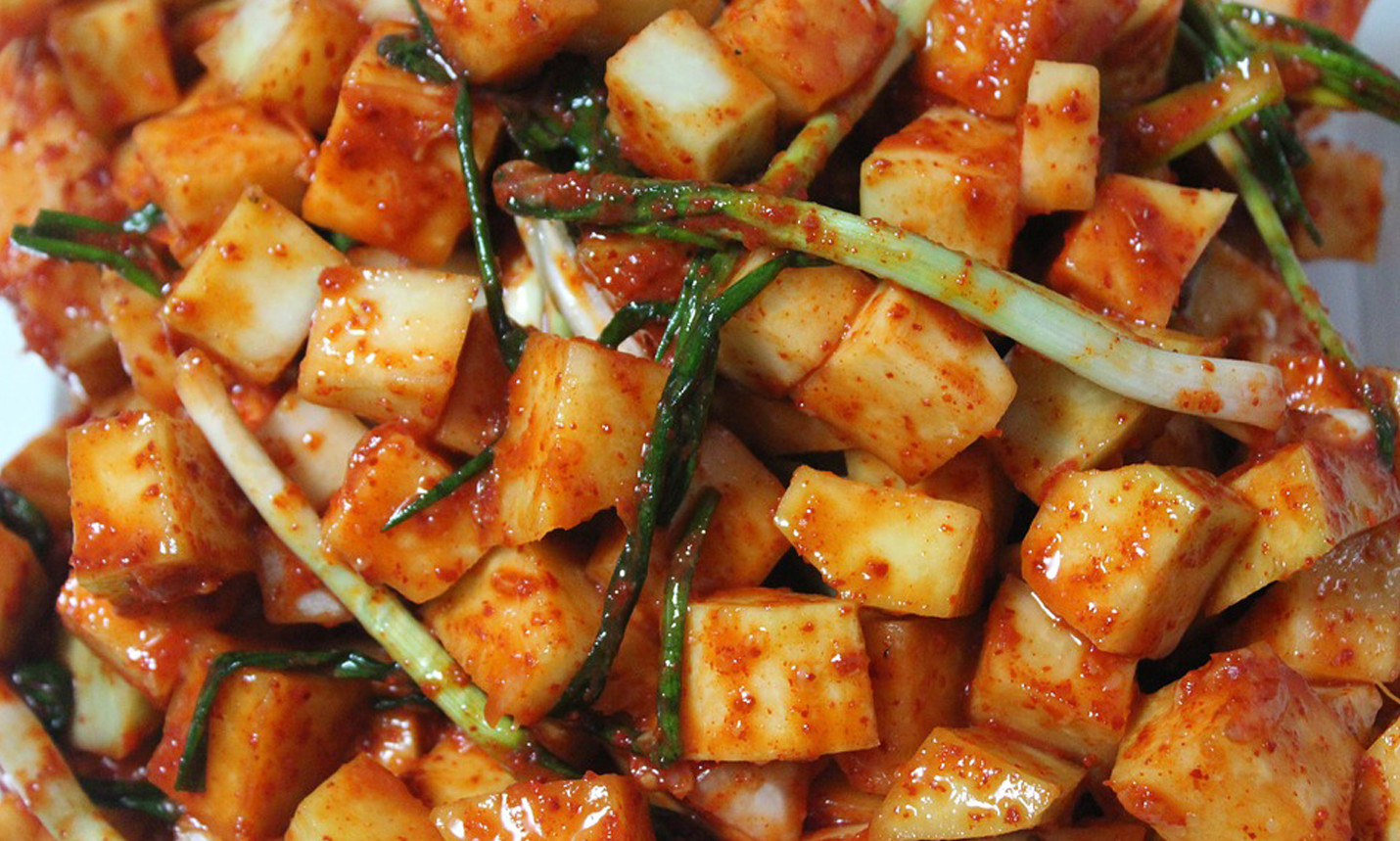The 5 Best Probiotic Foods and Their Benefits

Did you know –
You have roughly 10 times more bacterial cells than human cells in your body amounting to over 100 trillion cells.
If you are interested in knowing more about the wonderful world of probiotics, check out this article by Saurabh (Seth) Sethi MD, MPH. Dr. Sethi is a gastroenterologist practicing in the San Francisco Bay Area.
Most of the bacterial cells found in a human body reside in the gut. Studies show there are over 1,000 different probiotic strains living in the human body.
Probiotics are microorganisms that have beneficial properties for the host. They are the good bacteria that primarily line your gut and improve our health by suppression of growth of harmful bacteria, improvement of intestinal barrier function, modulation of the immune system and modulation of pain perception. With these mechanisms, probiotics help with nutrient absorption, improving digestion, supporting your immune system, improving your mood, help in weight management, gastrointestinal health, vaginal health and improving your skin appearance. However, choosing the best probiotics for women above 50 isn’t easy.
So, the question is – are you getting enough probiotic-rich foods in your diet? Odds are you’re probably not.
If you want all of the benefits provided by probiotics, then it’s time to start consuming these probiotic foods for better health.
Here are the 5 best probiotic foods with myriad benefits
1) Yogurt and Kefir
Possibly the most popular probiotic food is yogurt made from the milk of cows, goats, or sheep. There is a large variation on the quality of yogurts on the market today Make sure to look for non-sweetened varieties because you do not want to load up on carbs while trying to incorporate probiotics in your diet.
Similar to yogurt, Kefir is a fermented dairy product that is a unique combination of milk and fermented kefir grains. Kefir grains contain about 30 strains of bacteria and yeasts, making it a very rich and diverse probiotic source.
2) Cultured Vegetables (Sauerkraut and Kimchi)
Sauerkraut is made from fermented cabbage and it is rich in healthy live bacterial cultures. Kimchi is an Asian probiotic food made by fermenting cabbage and other veggies. This is an excellent source of probiotics, of course, only if you can handle the spices!
3) Kombucha
Kombucha has been around for over 2,000 years, originating around Japan. It is made by growing a colony of bacteria in a jar and then drinking the tea that is used to make it. These days, there are plenty of pre-made kombucha drinks in the supermarkets that you can buy and enjoy.
4) Miso
Miso is a traditional Japanese spice found in many of their foods. It is created by fermenting soybean, barley or brown rice with koji. Koji is a fungus, and the fermentation process takes anywhere from a few days to a few years to complete.
Miso is usually consumed as a soup. A word of caution for people with high blood pressure and heart disease: Miso is high in salt content, so be careful with the amount you intake.
5) Dark Chocolate
Yes, it’s true – dark chocolate is a probiotic food. When choosing your dark chocolate, you can narrow it down by percentages. The higher the percentage, the more of it is actual chocolate.
Be sure to also check out our list of the best foods to eat for a healthy heart!
Reference:
- UpToDate – Probiotics for gastrointestinal diseases
- Maria Kechagia et al. Health Benefits of Probiotics: A Review, ISRN Nutrition Volume 2013, Article ID 481651

